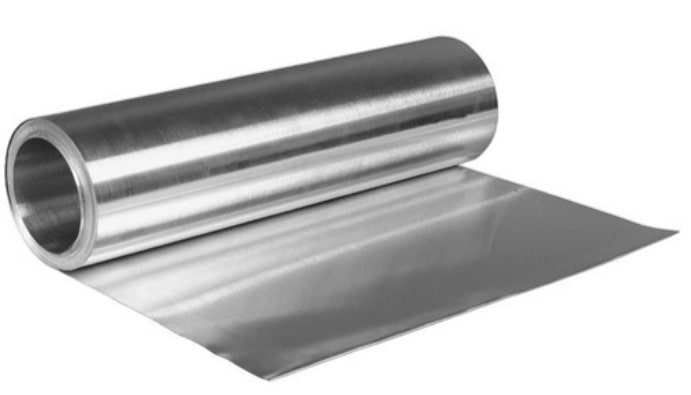
BLOG
KATEGORİDEKİ DİĞER YAZILAR

Aluminum foil is an important packaging material for protecting products, especially in the food and pharmaceutical industries. It is critical that this foil meets safety, quality and performance standards to protect consumer health and comply with legal requirements.
Aluminum foil can be defined as a very thin sheet used in many areas, especially in food protection. Aluminum foil produced by rolling method is available in the market in thicknesses of 0.006 - 2 mm.
Aluminum foil is a product used in the cooking process in the oven and in the storage of food, especially due to its fire resistance. However, prolonged contact of aluminum foil with acidic, hot or watery foods causes aluminum migration to foods over time. This can cause heavy metal accumulation in the human body over time.
Some test procedures are carried out on products containing aluminum. Especially in “Aluminum and aluminum alloy products”, aluminum determination is carried out within the scope of specific migration tests.
Aluminum foil is used in packaging materials such as juice boxes and coffee bags with a thickness of 5 µm. The use of aluminum foil in food packaging helps to preserve the freshness of food.
1. Migration Analysis: It is aimed to measure the foil's risk of migration of harmful chemicals to food or content by detecting aluminum release on food contact surfaces. Specific and total migration tests are applied.
2. Chemical Analyses: Measurement of lead, cadmium or other heavy metals in the foil content to check the chemical composition of the foil and the presence of toxic elements. ICP-MS, AAS or XRF methods are used.
3. Physical Durability Tests: It is aimed to measure the mechanical strength and flexibility capacity of the foil by evaluating the performance of the foil under high temperature and pressure. Tensile test, tear test and puncture resistance tests are performed.
4. Coating and Surface Quality Tests: It is aimed to analyze the coating quality and surface homogeneity of aluminum foil by detecting defects (cracks, roughness) on the foil. It is checked with an optical microscope or surface profile analyzers.
5. Corrosion Resistance Tests: It is aimed to measure the resistance of aluminum foil to moisture and chemicals by evaluating the behavior of the packaging under long-term storage conditions. Salt spray test or accelerated aging tests are performed.
6. Thermal and Electrical Conductivity Tests: It is aimed to measure the thermal and electrical conductivity performance of the foil. Measurements are made with thermal analyzers.
7. Tightness Tests: It is aimed to evaluate the air, moisture or gas tightness of foil coatings by controlling oxygen permeability in food packaging. Vacuum testing or gas permeability measurements are performed.
Nanolab Laboratories Group continues to provide services within the scope of Packaging Analysis. We also provide services in NIAS Studies on Packaging.
Contact us for more information.
You can follow us on LinkedIn for up-to-date news and posts about our services.
Follow our Instagram account to be informed about our latest blog posts.